“How spaces can be used to Influence Behaviour”
There has been a long-standing thread of recognition that the way people live their lives is directly linked to the designed environments in which they live. Designers often aspire to do more than simply create buildings that are new, functional and attractive–they experiment a new environment which will change behaviors and attitudes.
Summarize of few of the patterns which specifically address influencing behavior of environment.
Activity Areas – To “create concentrations of people in a community”
“Facilities must be grouped densely round very small public squares which can function as nodes–with all pedestrian movement in the community organized to pass through these nodes”
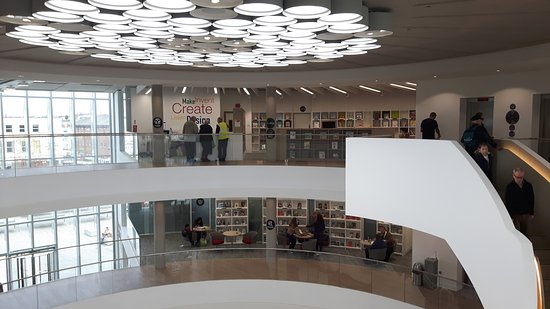
Main gateways- To influence inhabitants of a part of a town to identify it as a distinct entity.
“Mark every boundary in the city which has important human meaning–the boundary of a building cluster, a neighborhood, a precinct–by great gateways where the major entering paths cross the boundary”
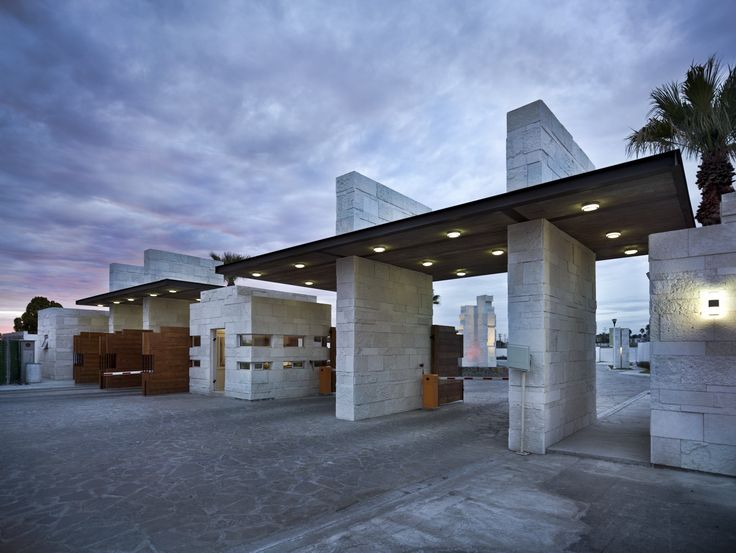
Connected play: To “support the formation of spontaneous play groups” for children
“Lay out common land, paths, gardens and bridges so that groups of at least 64 households are connected by a swath of land that does not cross traffic. Establish this land as the connected play space for the children in these households”
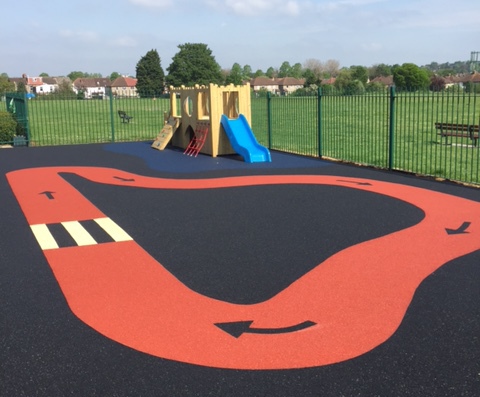
Farmhouse kitchen: To help “all the members of the family… to accept, fully, the fact that taking care of themselves by cooking is as much a part of life as taking care of themselves by eating”
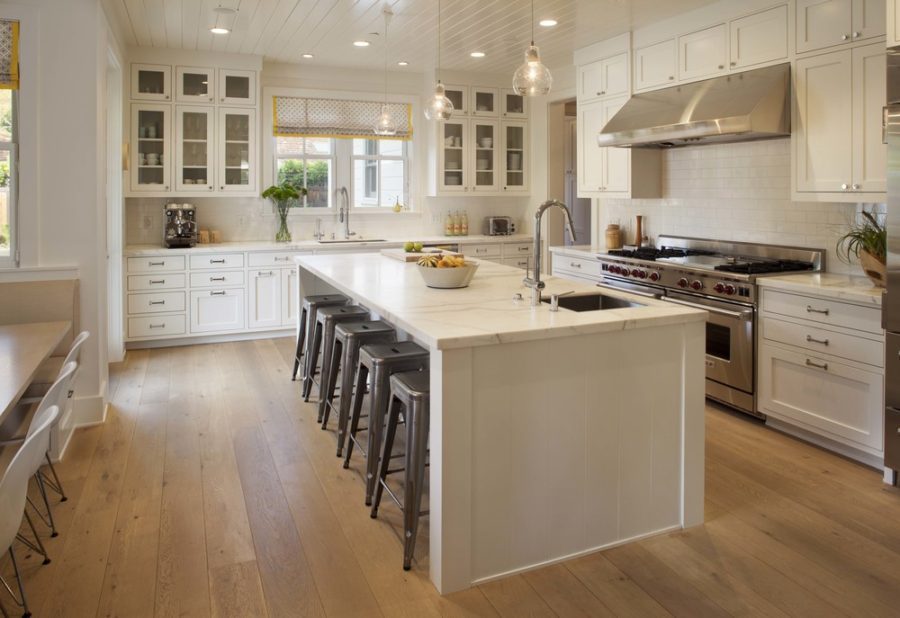
“Make the kitchen bigger than usual, big enough to include the ‘family room’ space, and place it near the center of the commons, not so far back in the house as an ordinary kitchen. Make it large enough to hold a good table and chairs, some soft and some hard, with counters and stove and sink around the edge of the room; and make it a bright and comfortable room”
Meeting rooms- To encourage smaller group meetings, which encourage people to contribute and make their point of view heard.
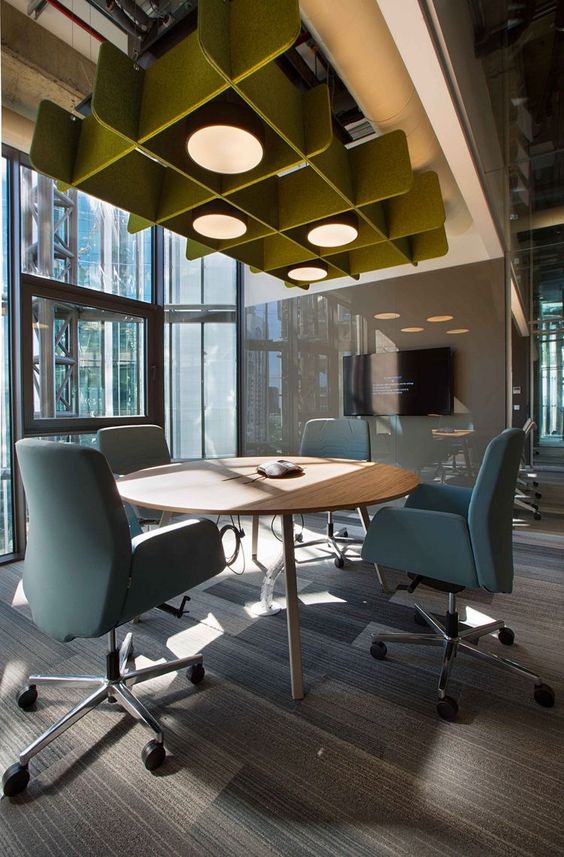
“Make at least 70 per cent of all meeting rooms really small–for 12 people or less. Locate them in the most public parts of the building, evenly scattered among the workplaces”
Cow paths-In human-computer interaction, this principle has become known as ‘Pave the cowpaths’–“look where the paths are already being formed by behavior and then formalize them,rather than creating some kind of idealized path structure that ignores history and tradition and human nature and geometry and ergonomics and common sense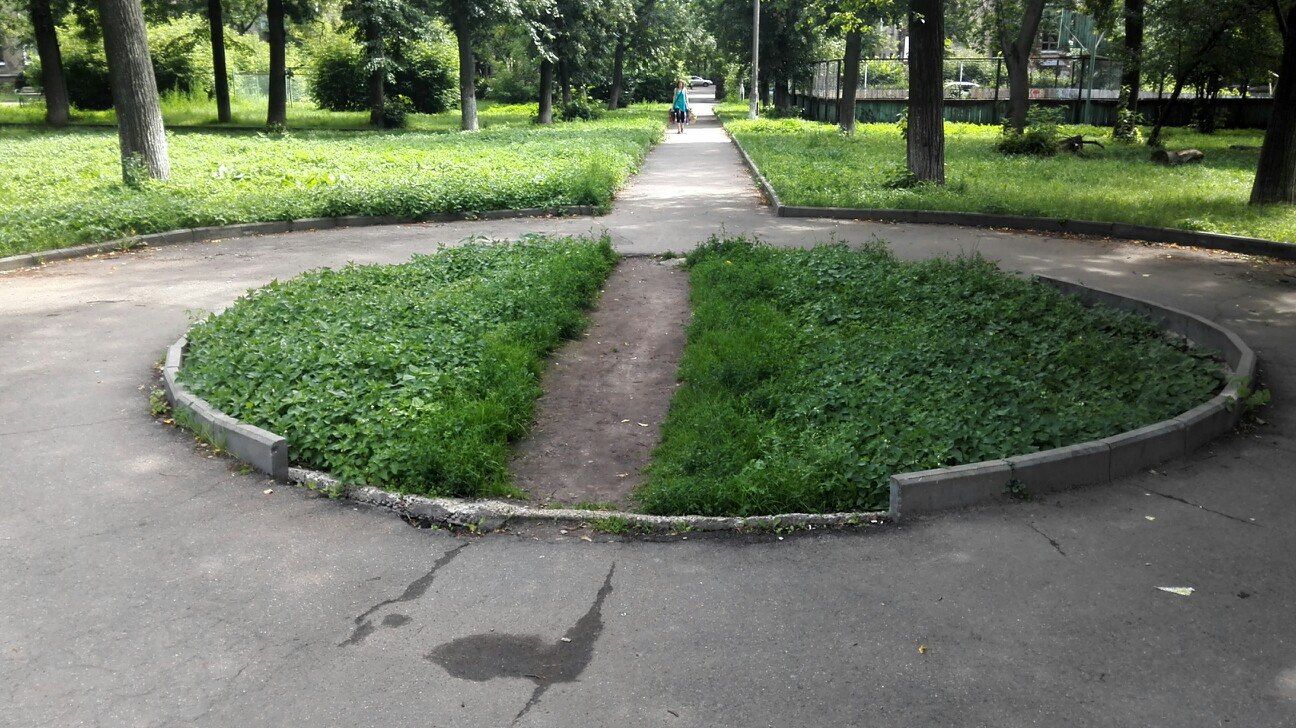
Faculty : Vinay kumar Raghubansia
IVS School of Design
